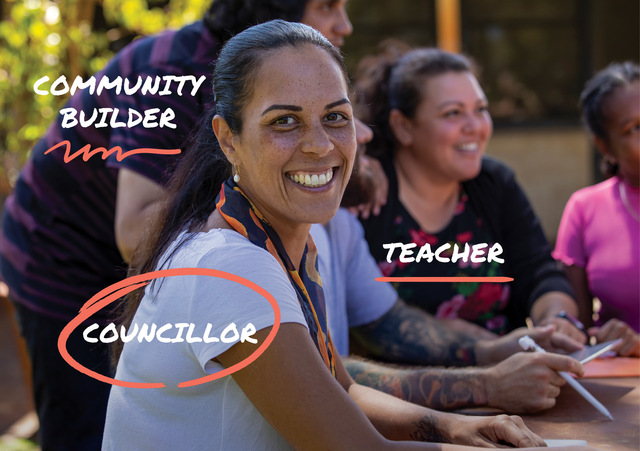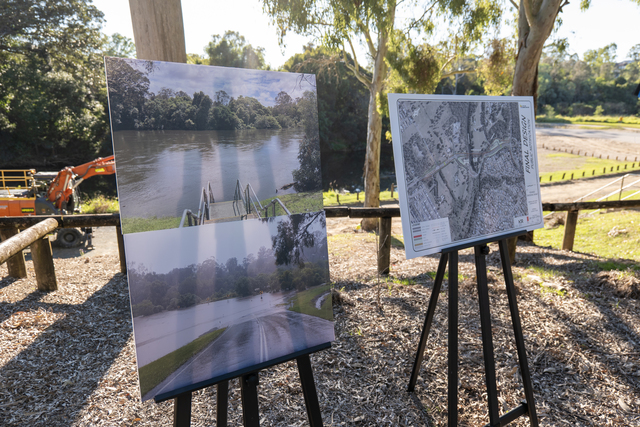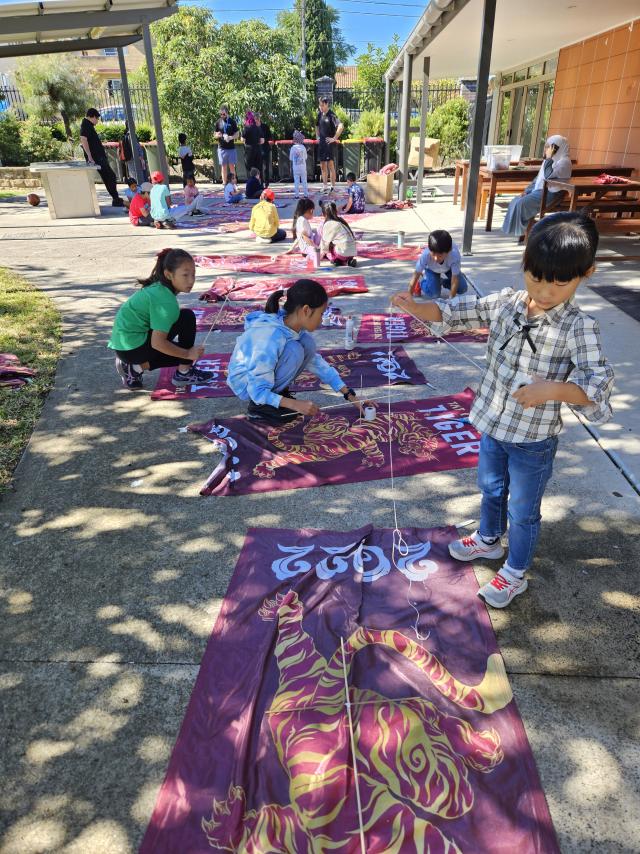With more than 60 per cent of Australian households owning a computer and around 50 per cent with Internet access, barriers of distance are quickly being broken down. More people have greater flexibility as to where they live, rather than being restricted to proximity to their work.Speaking at the recent Intelligent Cities 2, the City of Whittlesea’s fourth annual technology innovation conference, Robin Eckermann, Conference Chair and Chief Architect at Transact Communication, said that faster, cheaper technology, together with ever increasing capability, is having a profound affect on the way communities are evolving.
“Communities need to compete for their customers,” Robin Eckermann said. “Intelligent Cities will be those offering quality of lifestyle – environment, services and communications. These cities and towns will be the winners.”
Keynote speaker, Professor Robin Williams, agreed. He said people want to live in clean, green and safe environments, they want ready access to services and transport, and to be able to directly participate in local issues and decision making. Professor Williams said that technology is not resulting in less personal contact.
“Fundamentally we are social and gregarious,” he said. “This event could have been a teleconference, but we all chose to come here, to gather together and network. Online communications is actually increasing face to face interaction. It is a great means of calling people together, leading to increased community interaction, involvement and networking.”
He said that the rural/urban divide regarding Internet access is narrowing quickly. On current figures, 53 per cent of Australia’s rural dwellers, as against 62 per cent of urban residents, have online access.
“Rural councils need to demonstrate the volume of traffic their community can generate to convince the telecommunications companies to provide the services they want,” Professor Williams said.
However, he pointed to the marked education divide. Access for people with a degree is 85 per cent, but for those with primary level education access is only 40 per cent.
“Technology per se is not a solution for everything,” he said. “You need to have a vision and strategy for your community. This must include awareness with residents knowing the technology is available. People need easy access that is convenient, fast, reliable and affordable or it will not take off. You must equip your residents with an ability to use the technology by providing basic skills. Lastly there must be application, that is a community need a reason to use it.”







